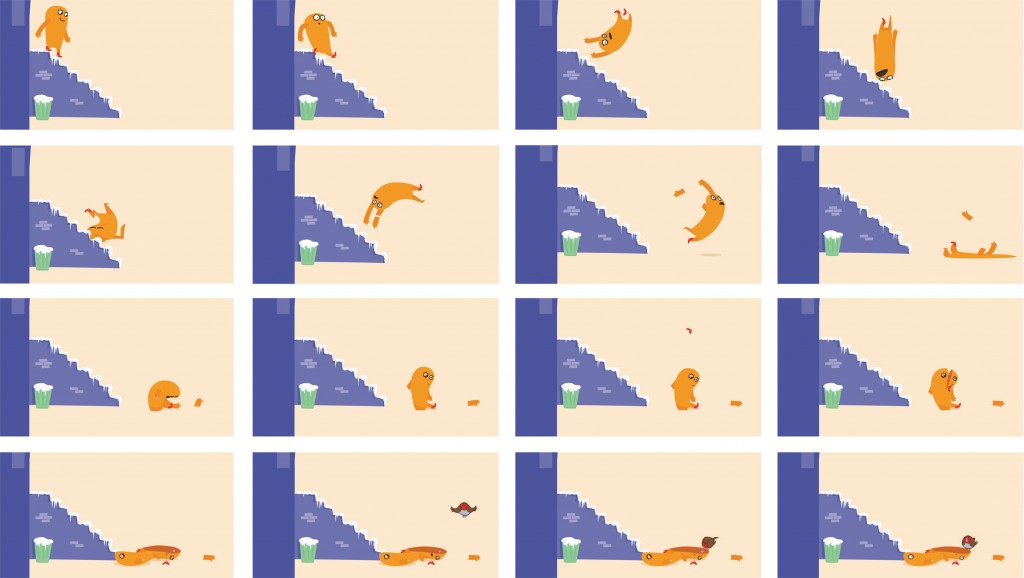
The Science Behind our Animations
One of the most important aspects in any of our productions is engaging the audience. Making an animation that looks amazing can be easy, but that can count for nothing if the intended audience isn’t connected to the message or doesn’t feel the way that we intended. To ensure that all our productions engage our audience fully we use the magic or NLP….
The term NLP (Neuro Linguistic Programming) was developed in California in the early 1970s as a tool to 'unlock the secrets of effective people'.
The technique offers a connection between the neurological processes (neuro), language (linguistic), and behavioural patterns that are learned through experience (programming). While the original goals of NLP were therapeutic, today, it has been adapted for use outside psychotherapy for interpersonal communications and persuasion including: business communication, management training, sales, and team building, to name but a few.
NLP is also widely used in animation. Why? To create emotion, provoke thoughts and develop understanding. Let me explain… If I ask you not to think about pink elephants, what is the next thing that pops into your head? I bet you're now visualising a row of dancing pink elephants!
We also use positive affirmations to create optimism, using terms such as 'when' rather than 'if' and 'will' rather than 'could'. This is using NLP in its simplest term - to create thoughts.
In terms of understanding, we all learn in a different way. The three main learning methods are audio, visual and kinesthetic. For example a musician would learn through sound, an artist through visuals and a mechanic through movement or processes. So although a client's target audience is of a certain age range, we also need to account for how they learn and process information to make sure we capture everyone's attention.
Ultimately, through animation we tell a story and take the audience on a journey. A good animation needs to look good, sound good and feel good, if all of these elements are covered, then psychologically we are applying NLP. In fact, we continually use NLP in our thought process when producing an animation, we ask questions such as, "does the sound go with the visual" and "are we engaging all learning disciplines and audiences?" This is essential to ensure that we address the learning needs of those who don't engage through words or those who need the inclusions of questions to attract the attention of people with a low concentration span We use audio, visual and kinesthetic processes to take the viewer on a journey and engage them into feeling the emotions we want them to feel: for example, if we want them to feel cold we will use blue colourways, if we want our audience to feel happy we will make it sunny and bright, if we whisper and say "we're going to tell you a secret," people will listen to what we to say. I bet you didn't realise 'animations' had so much science behind them! To see an example of how we apply NLP in our animations check out our process video below.









 RJDM Studios
RJDM Studios

 Animation Home
Animation Home

 Online Home
Online Home

 Apps Home
Apps Home

 E-learning Home
E-learning Home





 SHARE
SHARE SHARE
SHARE SHARE
SHARE
 +44 (0)1604 648 464
+44 (0)1604 648 464 info@rjdm.com
info@rjdm.com